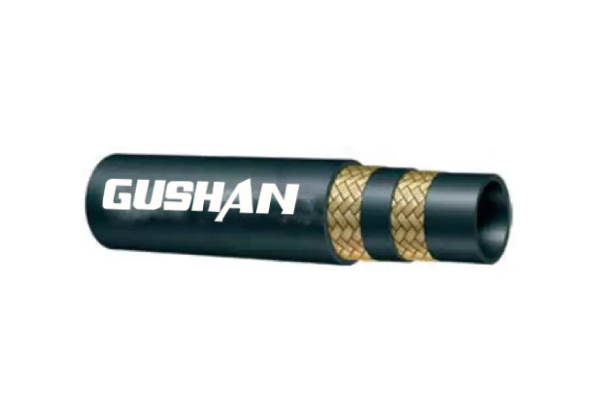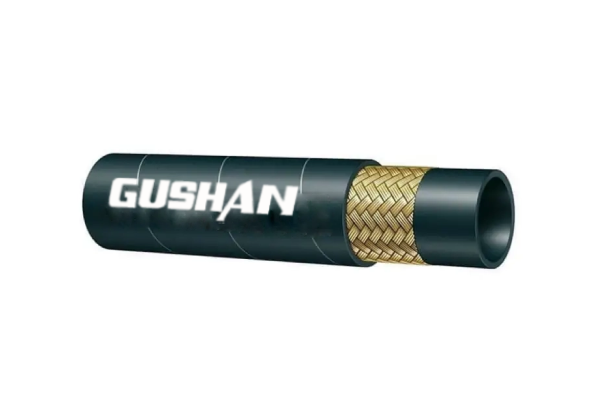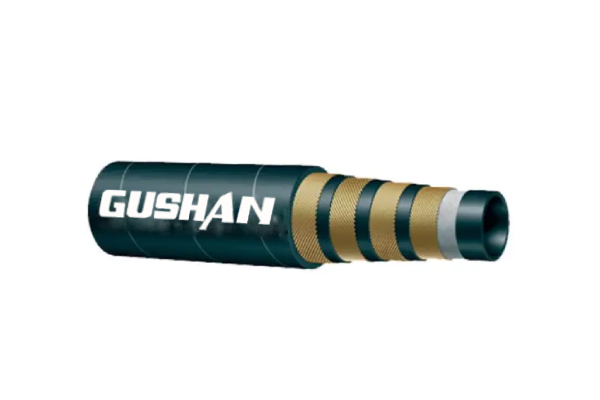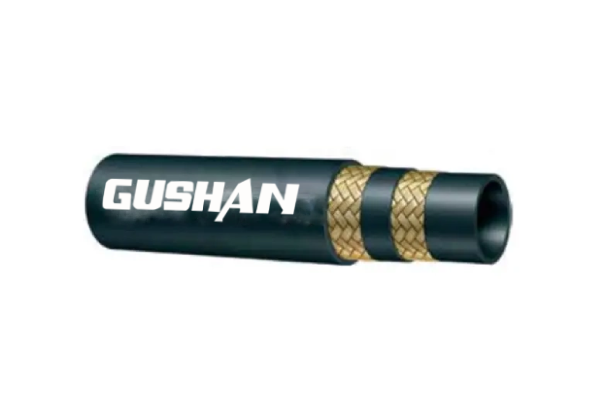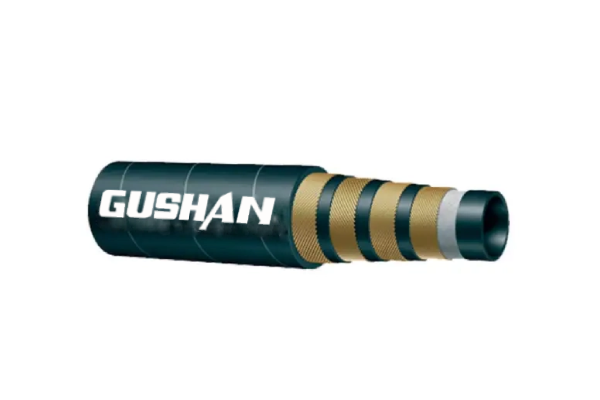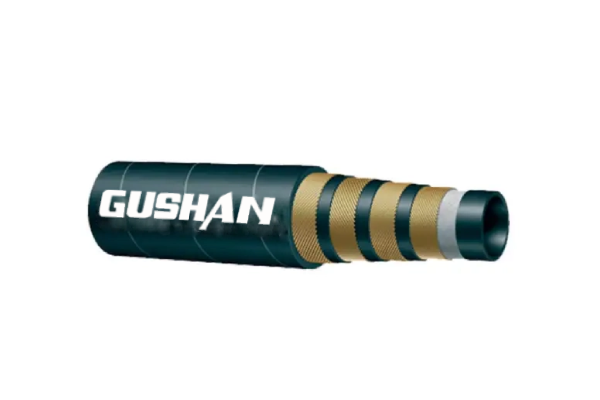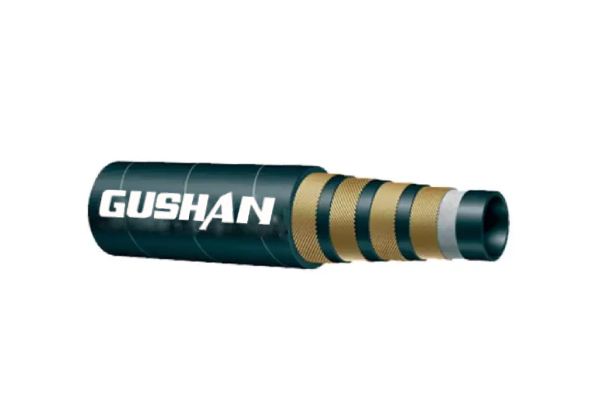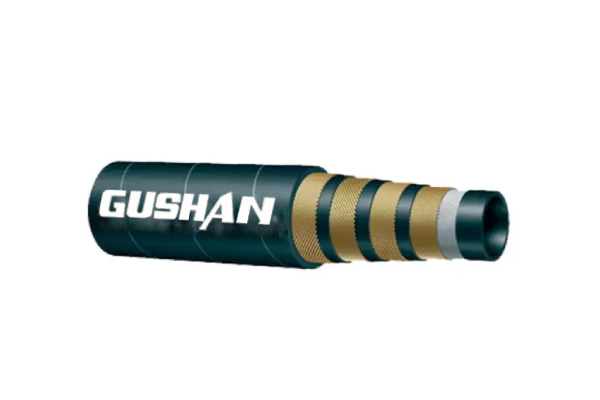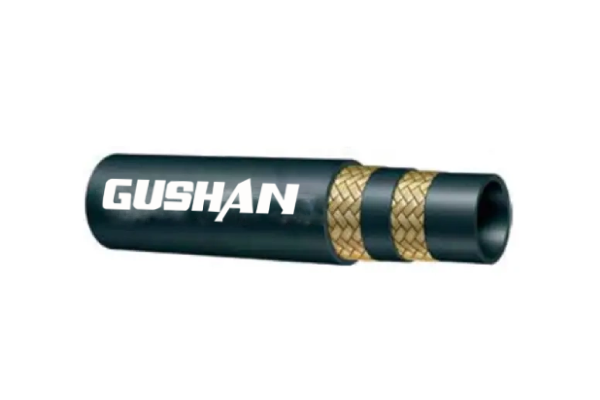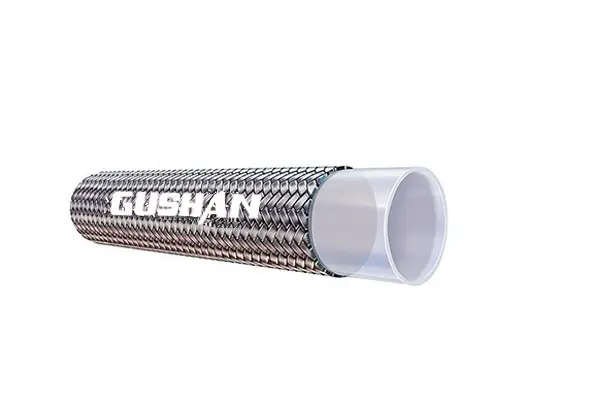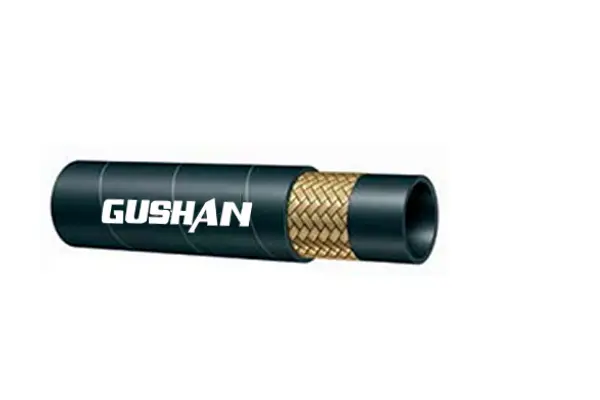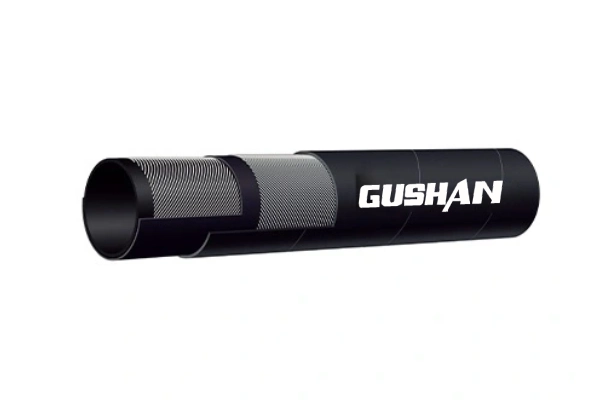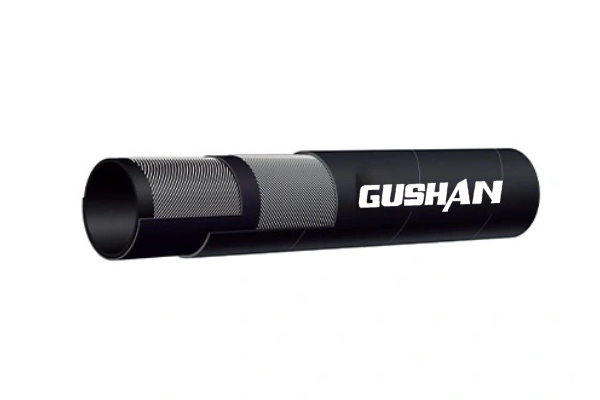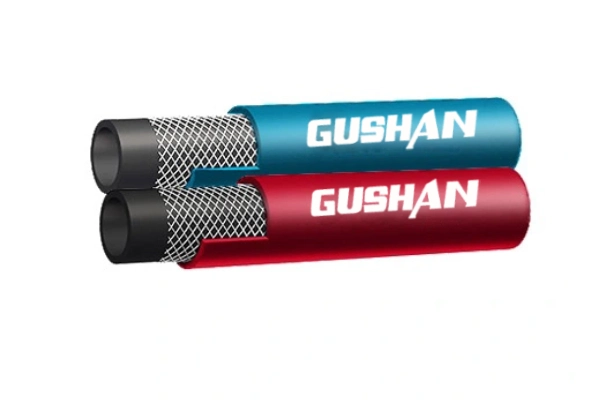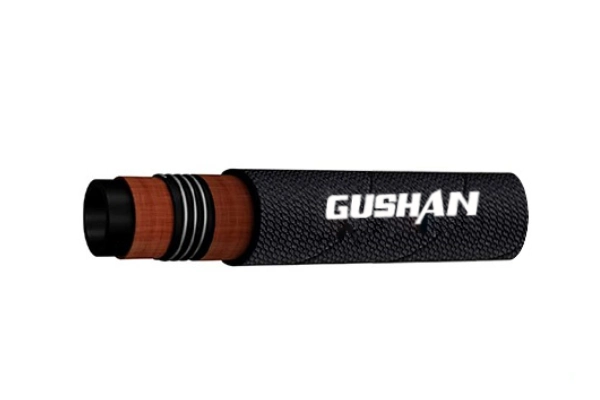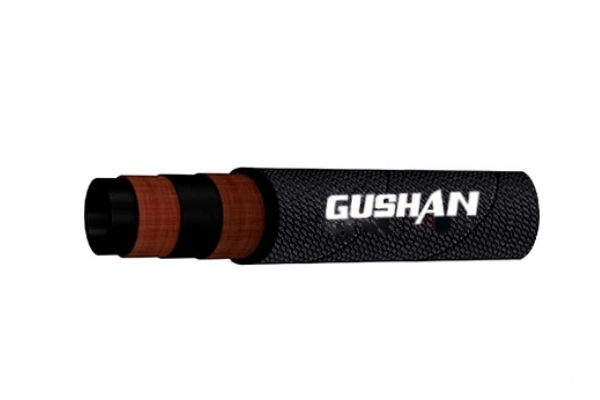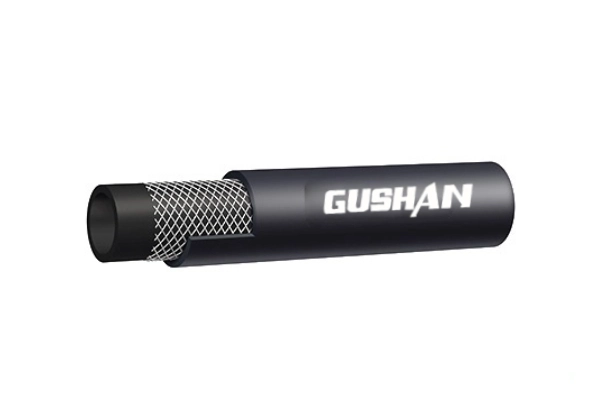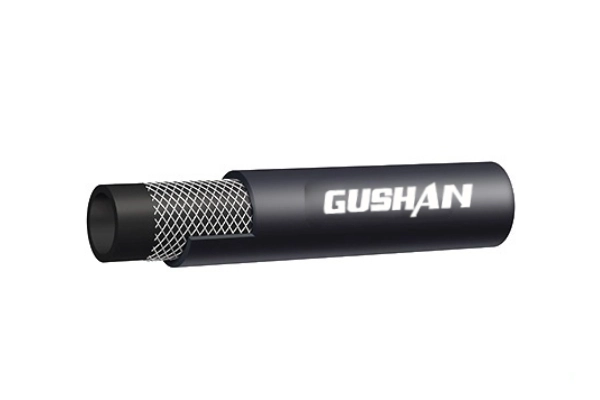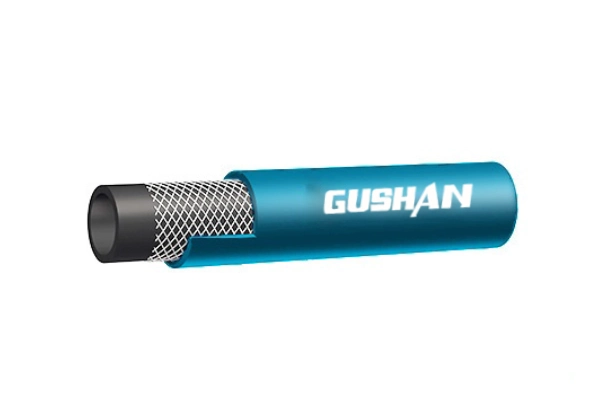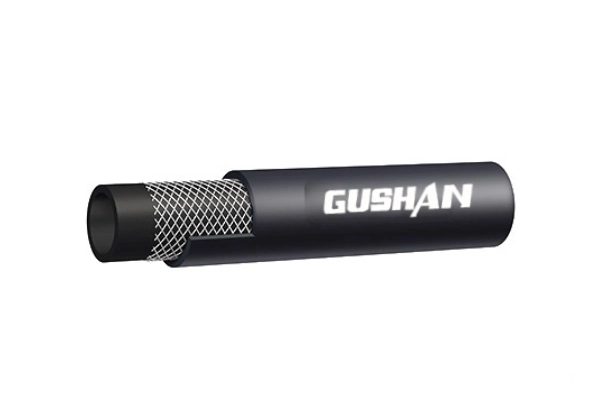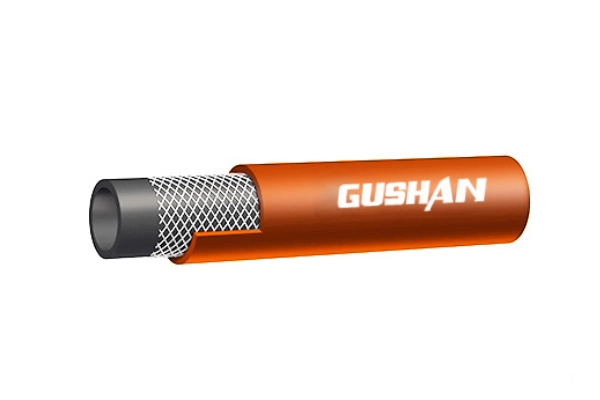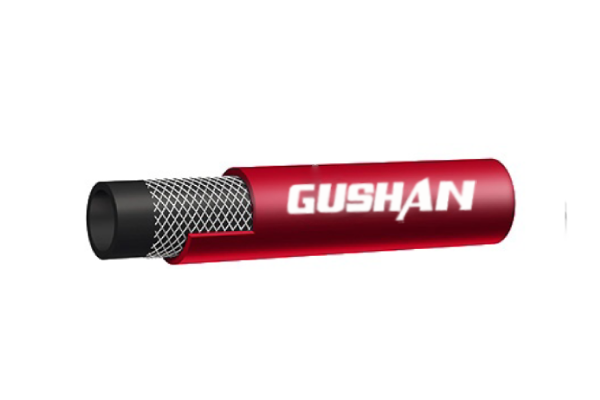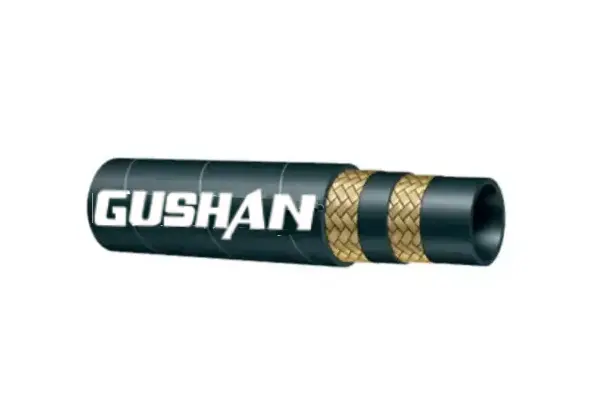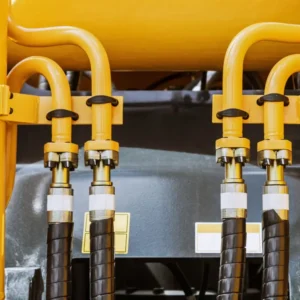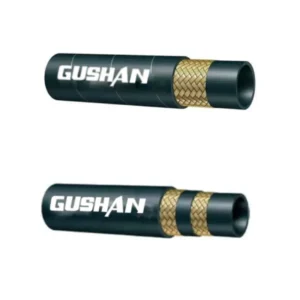Hydraulic and industrial hoses might seem interchangeable at first glance, but they are designed for very different applications and operate under vastly different pressures.
This blog post will delve into the key distinctions between these two types of hoses, highlighting their unique characteristics, applications, and safety considerations. Understanding these differences is crucial for selecting the right hose for your specific needs, ensuring optimal performance, and preventing costly failures and potential hazards.
What Is Hydraulic Hose
A hydraulic hose is a specialized type of hose designed to withstand high pressures and transmit hydraulic fluids within hydraulic systems. These systems utilize pressurized fluids to generate mechanical force or movement. Hydraulic hoses are essential components in various industries, including construction, agriculture, manufacturing, and transportation.
Key features and functions:
- High-pressure resistance: Hydraulic hoses are engineered to withstand extremely high pressures, typically ranging from several hundred to several thousand pounds per square inch (psi).
- Fluid compatibility: The inner layer of a hydraulic hose is made of materials compatible with the specific hydraulic fluid used in the system, preventing leaks and ensuring optimal performance.
- Flexibility: Hydraulic hoses are designed to be flexible, allowing them to bend and maneuver around obstacles within the hydraulic system.
- Durability: These hoses are built to withstand harsh conditions, including extreme temperatures, abrasion, and exposure to various chemicals.
Typical applications:
- Construction equipment: Hydraulic hoses power the hydraulic cylinders and motors in heavy machinery like excavators, bulldozers, and cranes.
- Agricultural machinery: Tractors, harvesters, and other farm equipment rely on hydraulic hoses to operate various functions, such as lifting, steering, and controlling implements.
- Manufacturing: Hydraulic presses, industrial robots, and other machinery used in manufacturing processes often utilize hydraulic hoses to transmit fluid power.
- Transportation: Hydraulic hoses are used in various transportation vehicles, including trucks, buses, and airplanes, to operate brakes, steering systems, and other hydraulic components.
Hydraulic hoses play a critical role in ensuring the efficient and reliable operation of hydraulic systems across a wide range of industries.
What is an Industrial Hose
An industrial hose is a flexible, tubular component used to convey a wide variety of fluids and substances in various industrial settings. Unlike hydraulic hoses, which are specifically designed for high-pressure hydraulic systems, industrial hoses encompass a broader range of applications and materials.
Key features and functions:
- Versatility: Industrial hoses are available in a wide range of sizes, materials, and configurations to suit diverse applications, from conveying air and water to handling chemicals and abrasive substances.
- Material compatibility: The choice of hose material depends on the specific fluid or substance being conveyed, ensuring compatibility and preventing leaks or degradation.
- Durability: Industrial hoses are designed to withstand the rigors of industrial environments, including abrasion, chemical exposure, and extreme temperatures.
- Flexibility: These hoses offer flexibility, allowing them to be routed around obstacles and maneuvered in confined spaces.
Typical applications:
- Manufacturing: Industrial hoses are used in various manufacturing processes, such as conveying raw materials, transporting finished products, and handling waste materials.
- Construction: These hoses are employed in construction sites for tasks like pumping concrete, transferring water, and supplying compressed air for tools.
- Agriculture: Industrial hoses are used in agricultural settings for irrigation, pesticide application, and other fluid transfer needs.
- Chemical processing: In chemical plants and refineries, industrial hoses are used to transport various chemicals and substances, ensuring safe and efficient handling.
Industrial hoses are essential components in a wide range of industries, providing flexible and reliable solutions for fluid transfer and material handling.
Hydraulic and Industrial Hose
Hydraulic Hoses vs. Industrial Hoses
Hydraulic and industrial hoses are both flexible tubes used to transport fluids, but they have distinct characteristics and applications.
Hydraulic Hoses
- Designed for: High-pressure hydraulic systems
- Key Features:
- Withstand extremely high pressures
- Compatible with hydraulic fluids
- Flexible and durable
- Engineered for specific hydraulic applications
- Typical Applications:
- Construction equipment
- Agricultural machinery
- Manufacturing machinery
- Transportation vehicles
Industrial Hoses
- Designed for: A wide range of industrial applications
- Key Features:
- Versatile for various fluids and substances
- Compatible with different materials
- Durable for industrial environments
- Flexible for diverse applications
- Typical Applications:
- Manufacturing processes
- Construction sites
- Agricultural settings
- Chemical processing
Here’s a table summarizing the difference between hydraulic and industrial hose
| Feature | Hydraulic Hose | Industrial Hose |
|---|---|---|
| Primary Function | Transmit hydraulic fluid in high-pressure systems | Convey various fluids and substances in industrial settings |
| Pressure Rating | Typically higher | Generally lower |
| Fluid Compatibility | Primarily hydraulic fluids | Compatible with a wide range of fluids and substances |
| Material | Specifically engineered for hydraulic applications | Varies depending on the application |
| Versatility | More specialized | More versatile for different applications |
By understanding these distinctions, you can select the appropriate hose for your specific needs, ensuring optimal performance and safety in your operations.
How to Choose the Rignt Hose
Selecting the appropriate hose is crucial for ensuring efficient, safe, and reliable operations in various industries and applications. Here’s a breakdown of key factors to consider:
1. Application:
What will the hose be used for?
- Hydraulic systems?
- Industrial fluid transfer?
- Air or water supply?
- Chemical handling?
- Food processing?
Specific requirements:
- High-pressure applications?
- Abrasive materials?
- High temperatures?
- Chemical resistance?
- Food-grade safety?
2. Fluid Compatibility:
What type of fluid will be transported?
Oil, water, chemicals, gases, etc.
Chemical compatibility:
- Ensure the hose material is resistant to the specific fluid to prevent leaks, degradation, and safety hazards.
3. Pressure and Temperature:
- Maximum working pressure:
- The hose must be able to withstand the operating pressure without bursting or leaking.
- Temperature range:
- Consider both operating and ambient temperatures to ensure the hose remains flexible and functional.
4. Hose Material:
- Common materials:
- Rubber, PVC, polyurethane, stainless steel, and specialized blends.
- Material selection:
- Choose a material that is compatible with the fluid, pressure, temperature, and environmental conditions.
5. Size and Length:
- Hose diameter:
- Select the appropriate diameter to ensure adequate flow rate and minimize pressure drop.
- Hose length:
- Determine the required length based on the application and installation requirements.
6. Fittings and Couplings:
Compatibility:
Ensure the fittings and couplings are compatible with the hose material and the connected equipment.
Durability:
Choose high-quality fittings and couplings that are resistant to leaks and wear and tear.
7. Safety Considerations:
Fire resistance:
For applications involving flammable fluids, select fire-resistant hoses.
Electrostatic discharge:
Consider anti-static hoses for applications involving flammable liquids or explosive atmospheres.
Environmental impact:
- Choose eco-friendly hoses made from recyclable materials whenever possible.
8. Manufacturer and Quality:
Choose reputable manufacturers:
Select hoses from reputable manufacturers that adhere to industry standards and offer quality assurance.
9. Maintenance and Inspection:
Regular inspections:
Regularly inspect hoses for signs of wear, tear, leaks, or damage.
Store hoses properly to prevent damage and prolong their lifespan.
By carefully considering these factors, you can select the right hose for your specific application, ensuring optimal performance, safety, and efficiency.
Need Expert Assistance?
If you’re unsure about which hose to choose, consult with our hose specialist. We can provide expert guidance based on your specific requirements and help you select the most suitable hose for your application.
Conclusion
In conclusion, understanding the key distinctions between hydraulic and industrial hoses is crucial for selecting the appropriate hose for your specific application. Hydraulic hoses are engineered to withstand high pressures and transmit hydraulic fluids in power-driven machinery, while industrial hoses are designed for a broader range of applications and materials.
Ready to upgrade your hydraulic systems with top-quality hoses? Contact us today to discuss your specific requirements and let our experts help you find the perfect solution for your needs.

